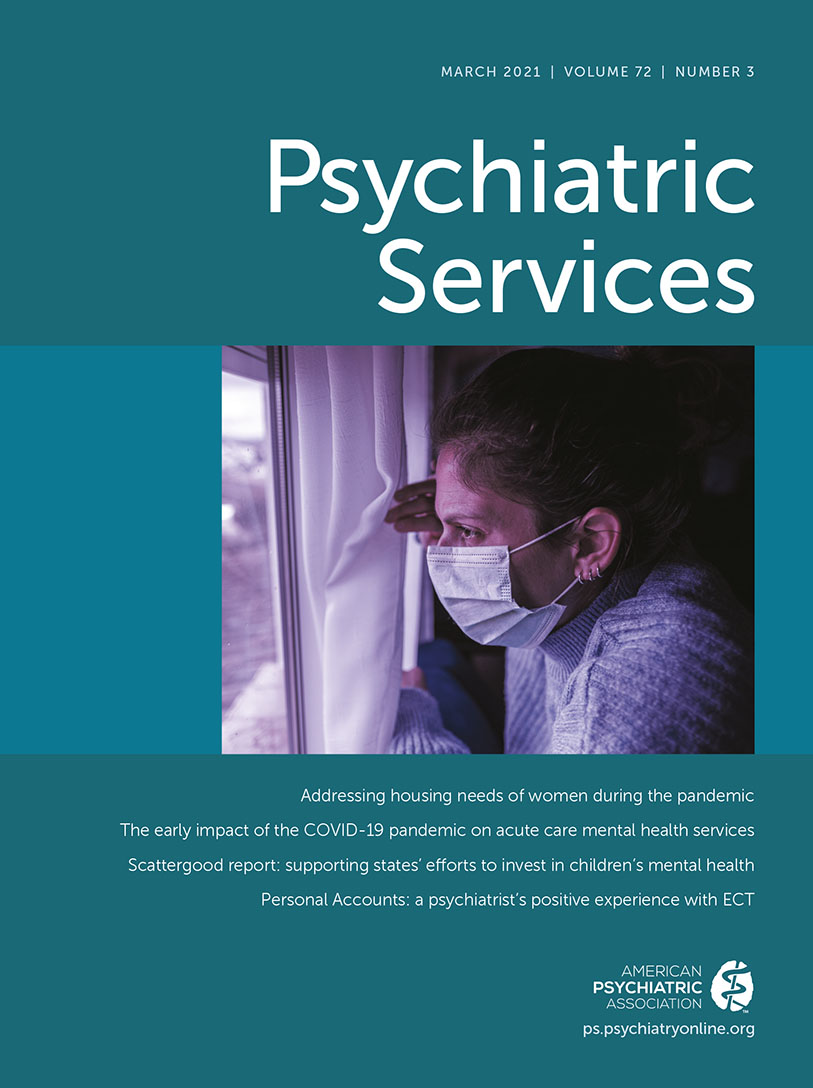Preventing Risk and Promoting Young Children’s Mental, Emotional, and Behavioral Health in State Mental Health Systems
Abstract
Early neural development and maternal health have critical long-term effects on children’s mental health and outcomes later in life. As child mental disorders continue to rise nationwide, a number of states are considering new ways of investing in the critical early childhood period to prevent later poor outcomes and reduce the burden on the mental health system. Because most state mental health authorities (SMHAs) have no dedicated mental health dollars to devote to this early, crucial period of child development, building coalitions is key to implementing prevention and promotion programming. The authors describe two issues—coalition building and contractual considerations—that should be considered as SMHAs develop these types of policies or plan new prevention and promotion initiatives. Coalition building includes establishing the structural conditions for implementing a prevention or promotion initiative, resolving workforce issues (i.e., who will carry the program out), and engaging communities and families in the effort. Contractual considerations include establishing agreed-upon measures and metrics to monitor outcomes, assigning accountability for those outcomes, and delineating realistic time frames for these investments before expecting improved outcomes. The promise of moving services upstream to support early childhood development, to prevent mental health issues from derailing children’s development, and to promote children’s well-being are goals that are within reach.



